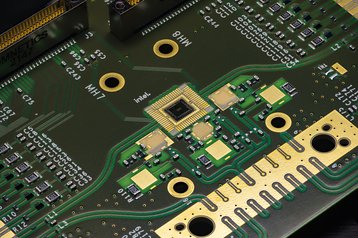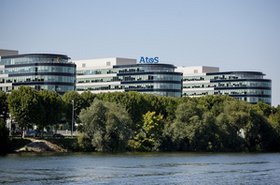Intel has partnered with Japan's National Institute of Advanced Industrial Science and Technology (ASIT) to build a next-generation quantum computer.
According to a report from Nikkei Asia, the chipmaker signed a Memorandum of Understanding (MoU) with AIST that will see Intel provide its most advanced chips to support the project.
Upon completion, the system will be made available to both domestic and foreign universities, the report said, adding that other companies would also be granted access, but for a fee.
Intel is the second company believed to have signed an MoU with ASIT to develop a quantum computer. In June 2024, it was reported that the research institution had partnered with IBM to develop a 10,000-qubit quantum computer slated to go online in 2029.
Under the terms of that MoU, the two companies reportedly agreed to jointly develop semiconductors and superconducting integrated circuits necessary to build next-generation quantum computers.
In August 2024, Intel’s Ireland-based R&D division was named as one of 36 partners working to establish a European supply chain for cryogenic quantum technologies, including cryogenic photonics, microelectronics, and cryo-microsystems. The project, dubbed ARCTIC (Advanced Research on Cryogenic Technologies for Innovative Computing), is the first resulting from the European Union’s Chips Joint Undertaking (CJU) scheme.
A year prior, in June 2023, Intel released Tunnel Falls, a 12-qubit chip for quantum research that integrates with the company’s Quantum Software Development Kit (QSDK) and can be shared with researchers.
At the time of its launch, Intel promised to release a next-generation quantum chip in 2024. While that chip is still yet to arrive, in May 2024, the chipmaker published a research paper in the science journal Nature, claiming it had set a new industry standard for advancements in the uniformity, fidelity, and measurement statistics of spin qubits.
Intel said this breakthrough would pave the way for scaling up production of more complex quantum computers capable of operating on a single chip.







